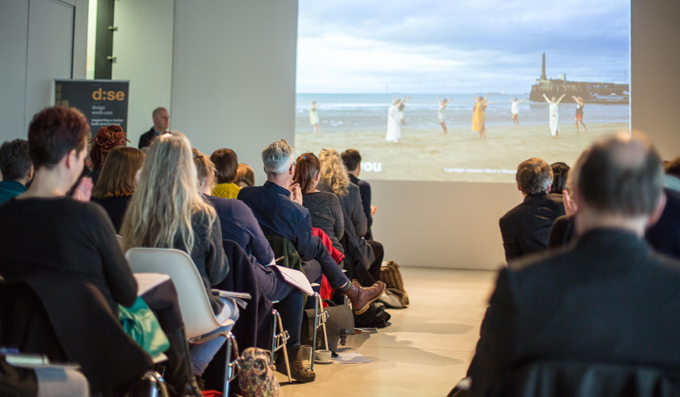Here are some of our key takeaways
Biodiversity Net Gain and Placemaking
The central theme of the event was treating Biodiversity Net Gain (BNG) as an opportunity for placemaking, which generates social and economic returns alongside biodiversity. From January 2024, major sites (those greater than 0.5 hectare or 10 homes) will be mandated to deliver 10% biodiversity net gain. BNG should be prioritised on-site, with the use of local off-set sites possible when necessary. Although this may feel like yet another barrier within the planning system, the speakers highlighted many excellent case studies that capitalise on BNG to create great places and raise their profile.
Mayfield in Manchester is a city centre development that has started by delivering a new biodiverse urban park to build the site’s profile and sense of place before development starts. Derwenthorpe in York is an example of a landscape-led masterplan that nestles groups of homes within a biodiverse, natural setting. Kidbrooke Village in Greenwich is a great example of a high-density regeneration project that integrates biodiversity gain through a beautifully designed new park with a watercourse. The park creates important habitats like a chalk stream, heathland and wetland within a multi-functional space that people can enjoy.
Many tools available for nature recovery
There is a suite of tools now available to local authorities to promote nature recovery through planning, which work alongside BNG. The Green Infrastructure Standards, Design Guide and Mapping were published by Natural England to promote best practice in green infrastructure delivery. Local authorities can develop robust green infrastructure strategies based on this guidance and developers can understand best practice to inform their masterplans.
At the higher tier level (e.g. Kent County Council), relevant authorities are mandated to prepare Local Nature Recovery Strategies (LNRS), which will eventually cover all of England. For Kent, the process of developing the strategy has just started and speakers from Kent County Council outlined their extensive engagement plan to get input and buy-in from landowners, developers, and local residents. Once the strategy is adopted (likely summer 2025), it will provide a strategic framework for meaningful and connected nature recovery in Kent and Medway. Although BNG should be prioritised on-site, a new market for off-set sites will funnel finance into local nature recovery, which the strategy will help coordinate. In the interim, Kent County Council are preparing a BNG Sites Register to act as a central hub for BNG off-set sites, making it easy for interested landowners and developers to find each other.
Delivering Biodiversity Net Gain in masterplans
Peter Neal drew on his vast experience as a landscape consultant to provide six masterplanning principles for BNG.
(1) Biodiversity and landscape need to be considered from the very start of the masterplanning process by drawing on the National Character Area Guidance and Statements of Environmental Opportunity.
(2) Looking closer at the site, the geology, topography, and hydrology should be understood as the driving elements of ecology and habitat.
(3) Meaningful BNG requires specificity on what habitats and species a masterplan supports. This will drive the landscape and planting strategies.
(4) Getting into the details, ensure that any existing natural capital on-site is conserved and enhanced. For instance, mature trees should be kept and bolstered with further tree planting.
(5) Maximise the use of sustainable drainage systems (SuDS) to not only deal with surface water but also to boost biodiversity with wetland habitats.
(6) Finally, prepare long-term management and maintenance plans as BNG is required to be maintained for 30 years.
Useful Links
Recent government press release on Biodiversity Net Gain





